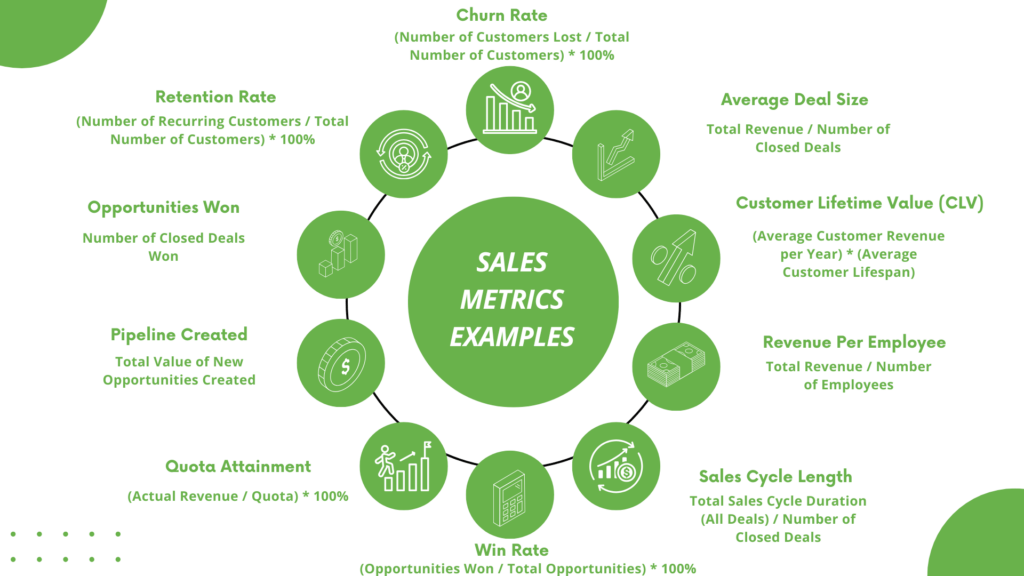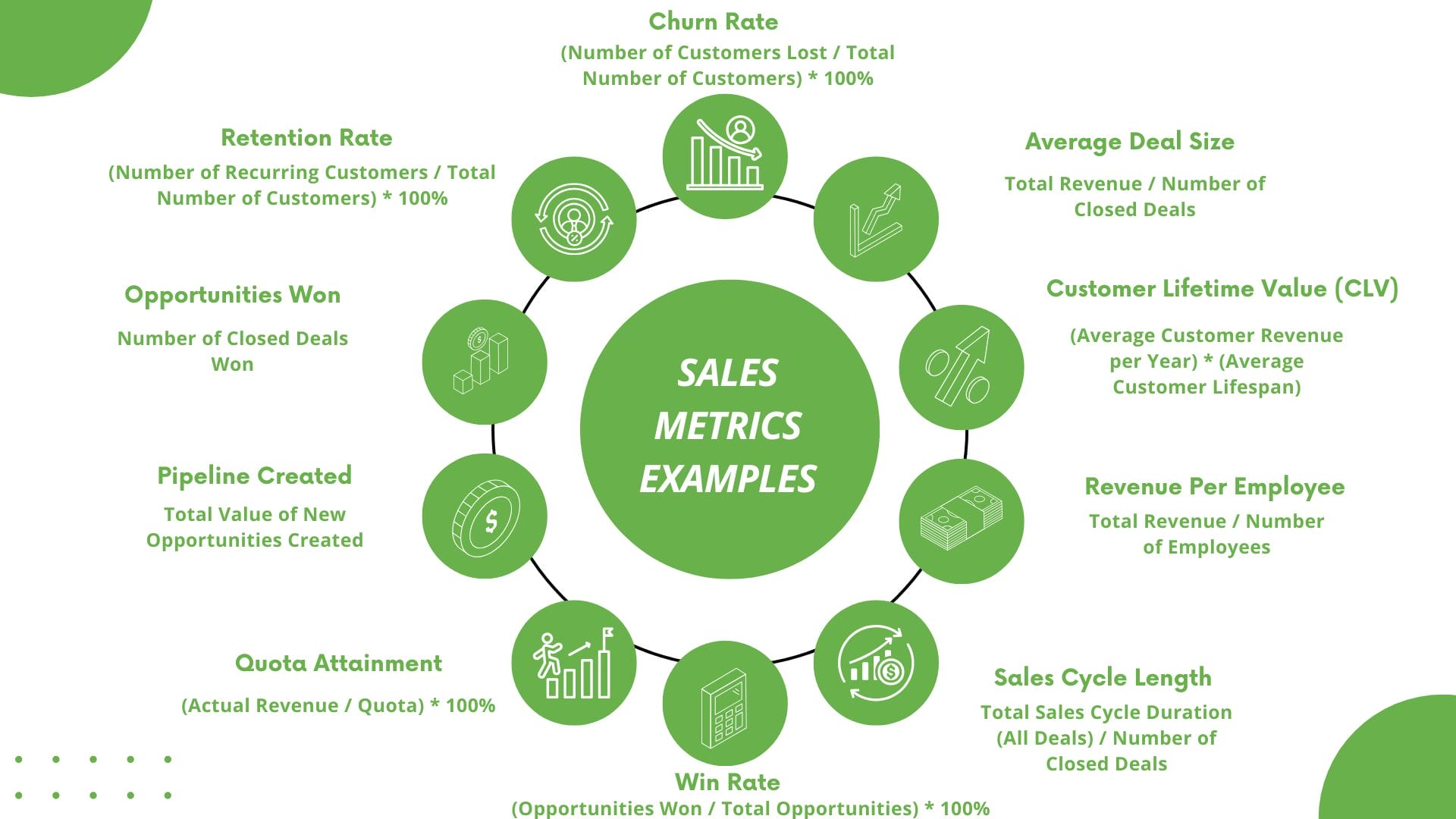Sales calls are the lifeblood of any business, forming a vital part of the customer journey and driving conversions. Each call serves a specific purpose, and understanding these nuances is essential for salespeople to navigate the sales process effectively and convert leads into loyal customers.
This article will delve into the ten types of sales calls, explaining what they are, why they’re essential, and when to use them in the sales process.

1. Prospecting Calls
Imagine casting a net into a vast ocean of potential customers. Prospecting calls act like this net, aiming to identify individuals or businesses with the right fit and needs for your product or service. This initial introduction involves piquing their interest and gaining a basic understanding of their challenges. These calls can be made through various methods:
- Cold Calls: Directly contacting individuals or businesses with no prior connection.
- Warm Calls: Leveraging existing connections to reach potential customers who have shown interest in your product or service.
- Follow-up Calls: Re-engaging lukewarm leads who haven’t interacted recently.
Why are Prospecting Calls Important?
- Expand your customer base: Reach new leads who haven’t heard about the company or its products.
- Discover untapped markets: Identify potential customers who exist outside of existing networks.
- Build customer relationships: Direct communication allows for personalized interaction, potentially leading to relationship building.
While each method requires a different approach, their shared goal remains: generating qualified leads ready for further exploration.
2. Cold Calls
Cold calling involves reaching out to individuals or businesses who haven’t had any prior contact with the salesperson or the company. This often involves unsolicited phone calls or emails to introduce the company’s offerings and generate initial interest and potential sales.
Why are Cold Calls Important?
For sales teams, cold calling remains crucial because it allows them to:
- Expand their customer base: Reach new leads who haven’t heard about the company or its products.
- Discover untapped markets: Identify potential customers who exist outside of existing networks.
- Build customer relationships: Direct communication allows for personalized interaction, potentially leading to relationship building.
However, cold calling can be challenging. Success often hinges on a strong script, resilience in the face of potential rejection, and a sharp focus on understanding the customer’s needs.
Best For: B2B businesses with a clear ideal customer profile and a compelling value proposition.
Worried about the legality of cold calling? Read our article, “Is Cold Calling Legal? A Comprehensive Guide to B2B and B2C Cold Calling,” to learn more.
3. Warm Calls
Warm calls represent a stark contrast to cold calls. These calls are made to potential customers who have already interacted with your business in some way, such as through a previous purchase, referral, or website inquiry. These leads are considered “warm” due to their demonstrated initial interest in your product or service.
Why are Warm Calls Important?
Warm calls play a crucial role in the sales process because they allow for:
- Building on existing relationships: Sales representatives can leverage pre-existing connections to establish trust and rapport more readily.
- Increased receptiveness: Since these leads have already shown some interest, they’re more likely to be receptive to the sales pitch and engage in conversation.
- Prioritizing efforts: Focusing on warm leads optimizes the sales process by targeting those with a higher conversion probability compared to cold leads.
By prioritizing warm leads, salespeople can increase their chances of success and ultimately drive more revenue for the company.
Best For: Following up on website inquiries, event leads, or referrals.
4. Follow-up Calls
A follow-up call is a crucial step for salespeople to re-engage leads or prospects who have shown initial interest but haven’t yet converted into paying customers. This call aims to remind them of your value proposition and address any lingering concerns that might be hindering their decision-making process.
Why are Follow-up Calls Important?
Follow-up calls are essential for several reasons:
- Demonstrate persistence and professionalism: Persistence shows the lead that you’re genuinely interested in helping them and haven’t given up on securing their business.
- Address concerns and objections: Proactively addressing any concerns or objections can alleviate hesitation and pave the way for a successful conversion.
- Build rapport and trust: Engaging in further conversation allows for building rapport and establishing trust, ultimately influencing their decision-making process.
Follow-up calls can significantly impact achieving sales goals and should be prioritized by all salespeople.
Best For: Reminding leads of your value proposition and addressing lingering concerns.
5. Qualification Calls
Imagine using active listening skills like a scalpel, carefully dissecting the true potential of your leads. Qualification calls serve this purpose, uncovering a lead’s pain points, goals, and budget. By positioning yourself as a trusted advisor, you can tailor your approach and separate the valuable prospects from those who don’t perfectly align with your offering.
Why are Qualification Calls Important?
Qualification calls are crucial for several reasons:
- Focus resources on high-potential leads: You can allocate your sales efforts and resources more efficiently by identifying leads with genuine potential and clear alignment with your product or service. This is especially important when managing a high volume of leads.
- Improve closing rates: By focusing on qualified leads, you’re more likely to engage with genuinely interested individuals who can benefit from your offering, leading to higher conversion rates.
- Save time and energy: By disqualifying leads who aren’t a good fit early on, you can avoid wasting time and energy pursuing dead-end leads.
Best For: Identifying leads with genuine potential and efficiently allocating your resources to pursue those leads.
6. Discovery Calls
During a discovery call, a conversation between a sales representative and a potential customer unfolds. The representative acts as a detective, seeking to uncover the customer’s specific needs, challenges, and aspirations. By actively listening, they can position their product or service as the solution to these identified problems.
Discovery calls also play a crucial role in qualifying leads, determining if the customer has the budget, authority, and actual need for what you offer.
Why are Discovery Calls Important?
Discovery calls are essential for several reasons:
- Understand customer needs: By actively listening and engaging in conversation, you gain a deeper understanding of the customer’s specific needs and challenges, allowing you to tailor your approach and present a more relevant solution.
- Build trust and rapport: Engaging in a genuine conversation fosters trust and rapport with the customer, strengthening the foundation for a potential long-term relationship.
- Increase closing rates: By understanding the customer’s specific situation and tailoring your pitch accordingly, you increase the chances of presenting a compelling solution that resonates with their needs, leading to higher closing rates.
Best For: Moving qualified leads down the sales funnel for more closed deals and a stronger pipeline of prospects.
7. Demo Calls
Demo calls provide a valuable stage for the sales representative to showcase the product or service in action. This typically involves walking the prospect through key features and benefits, highlighting how they can address their specific needs and solve their challenges.
Additionally, the representative can answer any questions and provide further resources to aid the prospect in making an informed decision.
Why are Demo Calls Important?
Demo calls play a significant role in the sales process for several reasons:
- Showcase product/service value: By demonstrating the product or service in action and how it can solve the customer’s specific problems, you provide them with tangible evidence of its value and its potential impact.
- Address concerns and objections: During the demo, you can address any concerns or objections the prospect may have, proactively clearing hurdles and paving the way for a smoother closing process.
- Increase confidence in the purchase decision: By offering a firsthand experience with the product or service, you empower the prospect to make a more informed and confident purchase decision.
Best For: Building on initial interest and gaining a deeper understanding of specific needs.
8. Closing Calls
When it comes to the closing phase, two types of calls take center stage:
- Proposal Calls: These calls involve presenting a formal document outlining the proposed solution, including pricing and terms. This solidifies the offer and advances the conversation towards a final agreement.
- Negotiation Calls: These calls address any objections and discuss pricing, terms, and value propositions with the goal of reaching a mutually beneficial agreement. Remember, the goal isn’t solely closing the deal but finding creative solutions that benefit both parties.
Why are Closing Calls Important?
Both types of closing calls are crucial for securing the sale:
- Proposal Calls: Presenting a formal proposal allows the customer to review the offer carefully and understand the details of your proposed solution, solidifying the offer and advancing the conversation toward a final agreement.
- Negotiation Calls: Negotiation is often an essential step in the closing process. By addressing objections and collaboratively finding solutions that meet the needs of both parties, you can establish a win-win situation and secure the sale.
Best For: Solidifying the offer and progressing towards a final agreement; Addressing objections and finding creative solutions.
Read our article “12 Repeatable Steps to Winning Sales and Growing Your Sales Success” to learn how to close more deals.
9. Post-Closing Calls
The relationship doesn’t end after closing the deal. Building strong, lasting customer relationships is crucial for long-term success. Two key types of post-closing calls facilitate this:
- Upsell Calls: These calls aim to identify opportunities to offer the customer additional products or services that complement their recent purchase. This demonstrates your understanding of their needs and strengthens your relationship.
- Cross-sell Calls: Similar to upsells, these calls focus on suggesting related products or services that complement their existing purchase, further adding value to their experience.
Why are Post-Closing Calls Important?
Post-closing calls play a vital role in:
- Building stronger customer relationships: By proactively reaching out and demonstrating continued interest, you foster positive customer relationships, increasing customer satisfaction and loyalty.
- Identifying additional revenue opportunities: Upsell and cross-sell calls present valuable opportunities to increase customer lifetime value by offering additional products or services that fulfill their evolving needs.
- Gathering valuable feedback: Engaging with customers after the sale provides an opportunity to gather valuable feedback on their experience. This feedback can be used to improve your product or service and refine your sales approach.
Best For: Encouraging customers to upgrade their purchases and increase revenue; Offering additional products or services that complement the customer’s purchase.
10. Renewal Calls
For businesses with recurring revenue models, renewal calls are essential. These calls involve proactively contacting customers nearing the end of their contract or subscription to discuss renewal terms. They provide an opportunity to:
- Engage with customers: Maintain relationships and understand their continued needs.
- Highlight ongoing value: Remind them of the benefits they receive from your product or service.
- Negotiate favorable terms: Secure continued partnerships through mutually beneficial renewal agreements.
Why are Renewal Calls Important?
Renewal calls are crucial for:
- Preventing customer churn: Proactive engagement helps retain existing customers and prevent them from switching to competitors.
- Securing ongoing revenue: Renewals secure a predictable income stream, helping maintain financial stability and enabling future growth.
- Strengthening customer relationships: By engaging in open communication and demonstrating your commitment to their success, you can strengthen relationships and build long-term partnerships.
Best For: Preventing customer churn and securing continued partnerships.
The Bottom Line
Effective sales calls require a combination of skills, strategies, and tools. By understanding the nuances of each sales situation and adapting your approach accordingly, you can build rapport, establish trust, and ultimately convert prospects into loyal customers.
For more sales guides and tips, visit our blog.











